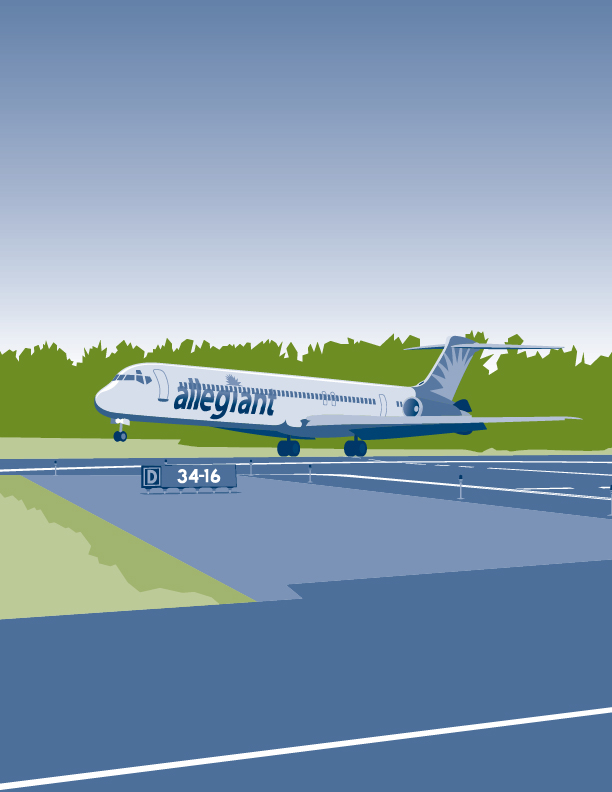Essential airport improvements and maintenance are once again at the mercy of Congress. This time a year ago, airport managers, cities and ports awaited the long-delayed passing of an authorization bill to allow capital projects to move forward. Now, we are weeks away from a different, but just as serious, threat to airport infrastructure development.
While the federal government averted the ‘fiscal cliff’ earlier this month by passing the American Taxpayer Relief Act of 2012, the looming debt ceiling impasse puts at risk every federal program and agency, including the Federal Aviation Administration (FAA) and its Airport Improvement Program (AIP).
Airport Development and the FAA
The AIP provides grants to public agencies for the planning and development of public-use airports to bring these airports up to current design standards and add capacity to congested airports. The AIP goes hand in hand with the National Plan for Integrated Airports (NPIAS), a biennial cataloging of eligible development projects, prepared by the FAA so Congress knows how much money needs to be appropriated. Currently, the NPIAS identifies nearly 3,400 existing and proposed airports that are significant to national air transportation.
Airport Planning Key to National Defense & Economy
 Congress passed the Federal Airport Act of 1946 to bring about the establishment of an adequate nationwide system of public airports. This and subsequent federal law directs the Secretary of Transportation to create an airport system that:
Congress passed the Federal Airport Act of 1946 to bring about the establishment of an adequate nationwide system of public airports. This and subsequent federal law directs the Secretary of Transportation to create an airport system that:
- Supports national objectives for defense, emergency readiness, and postal delivery.
- Provides as many people as possible with convenient access to air transportation, typically not more than 20 miles travel to the nearest NPIAS airport.
- Helps air transportation contribute to a productive national economy and international competitiveness.
Congress also created a self-sustaining method for funding a safe and efficient aviation system without increasing demands on general revenues. The Airport and Airway Trust Fund (or The Trust) gathers user fees and is not funded out of general federal revenue. Think airline ticket taxes, but also aviation fuel and cargo shipments. The federal government collects these excise taxes, and then makes grants to airports to pay for projects, such as the construction of new terminals or runways. The Trust revenue can only be used for specific capital improvement projects that will preserve or enhance safety, capacity or security, reduce noise, or increase carrier competition.
How the Debt Ceiling Deadline Impacts America’s Airports
If an agreement on the federal budget and the debt ceiling cannot be reached, and automatic budget sequestration is triggered, across the board cuts in federal programs, including the FAA, will begin March 2nd. The ability of the FAA to function, collect revenues and authorize expenditures from The Trust will be frozen.
In addition, while The Trust provided more than 71 percent of FAA grant funding in 2012, the remainder came from the General Fund. So, even though the dollars for airport projects are reserved in The Trust, a significant portion of funds targeted to maintaining U.S. airports will still be substantially reduced. As critical national transportation infrastructure hangs in the balance, I encourage everyone to let your voice be heard with your congressional representatives regarding the federal budgeting issues.


